Frozen Vacuum Sewers and the Lessons from Europe
Over the Northern winter we read with interest a number of stories related to frozen vacuum systems which were caused by some of the worst winters seen in 100 years in the North East of America. These stories have increased in recent years with some commentators talking about the reality of climate change and its impact on many types of infrastructure, not just sewerage systems.

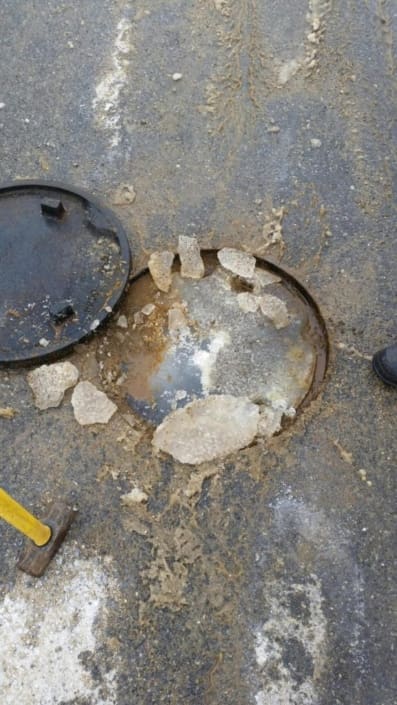 To understand some of the problems you need go no further than googling “Plum Island frozen sewers”. The main problems seemed to be related to frozen vacuum valves, water frozen in the pits, gooseneck vents submerged by snow, frozen sewage in the pipework, frozen gate valves and division valves and leaks in the line.
To understand some of the problems you need go no further than googling “Plum Island frozen sewers”. The main problems seemed to be related to frozen vacuum valves, water frozen in the pits, gooseneck vents submerged by snow, frozen sewage in the pipework, frozen gate valves and division valves and leaks in the line.
Does this need to be the case every year that there is a big dump of snow or temperatures fall? Aren’t vacuum system supposed to be resilient? We don’t have to look as far afield as the vacuum systems in Alaska or even at the Arctic and Antarctic bases to get some solutions to the problems encountered in America. Germany, France, Poland the UK and some of the Nordic countries like Estonia have experienced very low temperatures and extreme snow falls from time to time with little impact on their vacuum systems.
As an engineering firm we need to be aware of local conditions where ever we install a system whether it is in the arid desert of Australia, tropical conditions in Malaysia, remote islands in the Cocos Islands. All systems should be designed to suit the local conditions..
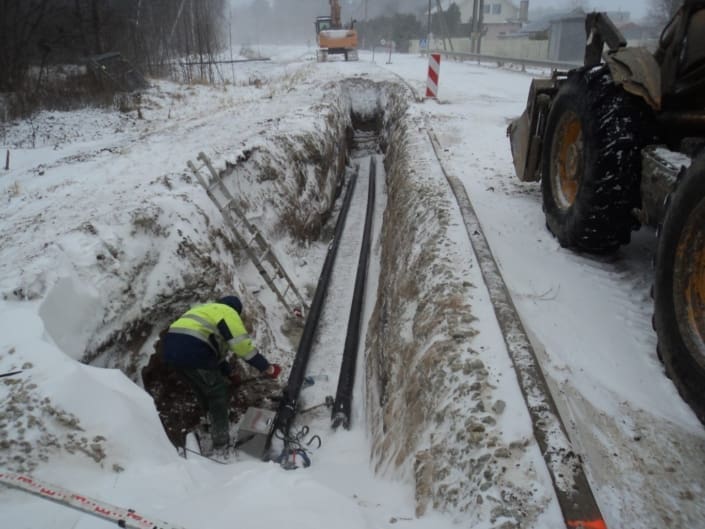 When dealing in area’s subject to extreme cold we need to take care of how deep the vacuum mains are laid, what type of division valves are used, how the collection pit is designed, where the air intake vent should be for the operation of the valve. Many of these things can be adjusted in existing systems.
When dealing in area’s subject to extreme cold we need to take care of how deep the vacuum mains are laid, what type of division valves are used, how the collection pit is designed, where the air intake vent should be for the operation of the valve. Many of these things can be adjusted in existing systems.
One of the important developments in how Flovac vacuum systems are managed is in the use of monitoring systems at the valve and pit. As a standard in cold conditions we monitor the temperature in the pit via our monitoring system.
This would have helped a lot in the Plum island project as any valve failures would have been easily and quickly located due to freezing ensuring no loss of service for residents or sewage overflows into their basements.
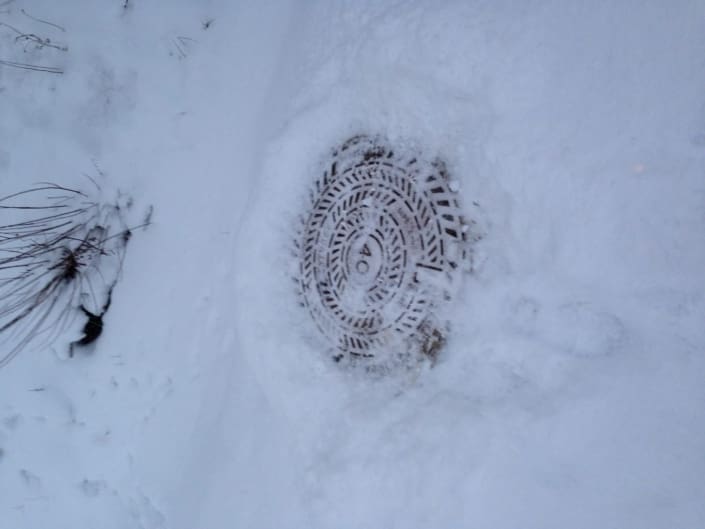 The monitoring system also makes it very easy for operators to locate the exact location of collection pits. This is also true in coastal area’s where pits can often be covered by sand during the summer months.
The monitoring system also makes it very easy for operators to locate the exact location of collection pits. This is also true in coastal area’s where pits can often be covered by sand during the summer months.
Many communities in the US are fretting over what will happen next winter with their vacuum systems. Will the Fire station chief need to allow residents to use their showers and toilets. Will portable toilets be sold out early, or will everyone just head for Florida.
Maybe one solution is to contact us here at Flovac and we would bring a team of experts from Europe to look at ways to ensure that your Happy Holiday season is truly Happy.
Flovac Vacuum Sewerage Systems are experts in solving difficult wastewater engineering problems in unique geographic areas with Global Knowledge and Local Solutions.



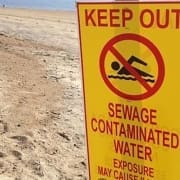
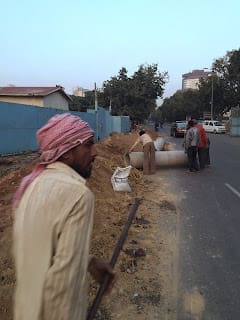 Will this information give a municipality or developer the full picture? What is being left off this analysis?
Will this information give a municipality or developer the full picture? What is being left off this analysis? Operational Costs and Risks. – Health and Safety of operators, Odour, gas explosions, fatbergs, wet wipes clogging pumps, exfiltration damage. None of these are adequately covered in assessments.
Operational Costs and Risks. – Health and Safety of operators, Odour, gas explosions, fatbergs, wet wipes clogging pumps, exfiltration damage. None of these are adequately covered in assessments. Increased Risk – is there an assessment given over possible EPA or environmental fines if a gravity system or low pressure system discharges sewerage into a sensitive area. What happens in a tourism area if the sewage overflows? How about in a fishery habitat?
Increased Risk – is there an assessment given over possible EPA or environmental fines if a gravity system or low pressure system discharges sewerage into a sensitive area. What happens in a tourism area if the sewage overflows? How about in a fishery habitat?

 The vacuum system has two vacuum networks, one for wastewater generated in the Marina (waste water) and a parallel network where bilge water, which requires pre-treatment to collect the sewage discharged in port .The network of pipes, placed around
The vacuum system has two vacuum networks, one for wastewater generated in the Marina (waste water) and a parallel network where bilge water, which requires pre-treatment to collect the sewage discharged in port .The network of pipes, placed around The vacuum system ensures the impossibility of discharges into the sea , is the most economical solution in terms of execution of work, since by its very nature design , the network of pipes need not be buried deep underground and no intermediate pumping.
The vacuum system ensures the impossibility of discharges into the sea , is the most economical solution in terms of execution of work, since by its very nature design , the network of pipes need not be buried deep underground and no intermediate pumping. Flovac also designed software to control the discharge of sewage from yachts to the Marina and can accurately invoice by litres of discharge to the sewer. As a result, Marina Port Vell prevents sewage dumped at sea and in return gives them a MARPOL certificate.
Flovac also designed software to control the discharge of sewage from yachts to the Marina and can accurately invoice by litres of discharge to the sewer. As a result, Marina Port Vell prevents sewage dumped at sea and in return gives them a MARPOL certificate.